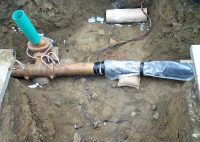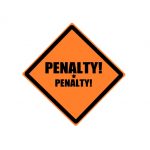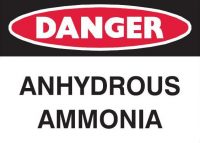6 Elements of Contractor Safety Management
If your organization uses an external workforce to complete work on your job site, you know firsthand how many little intricacies you must account for in creating a safe work environment. As a safety professional, you are well aware of the time and resources it takes to create an effective safety and compliance program that […]










